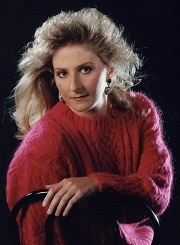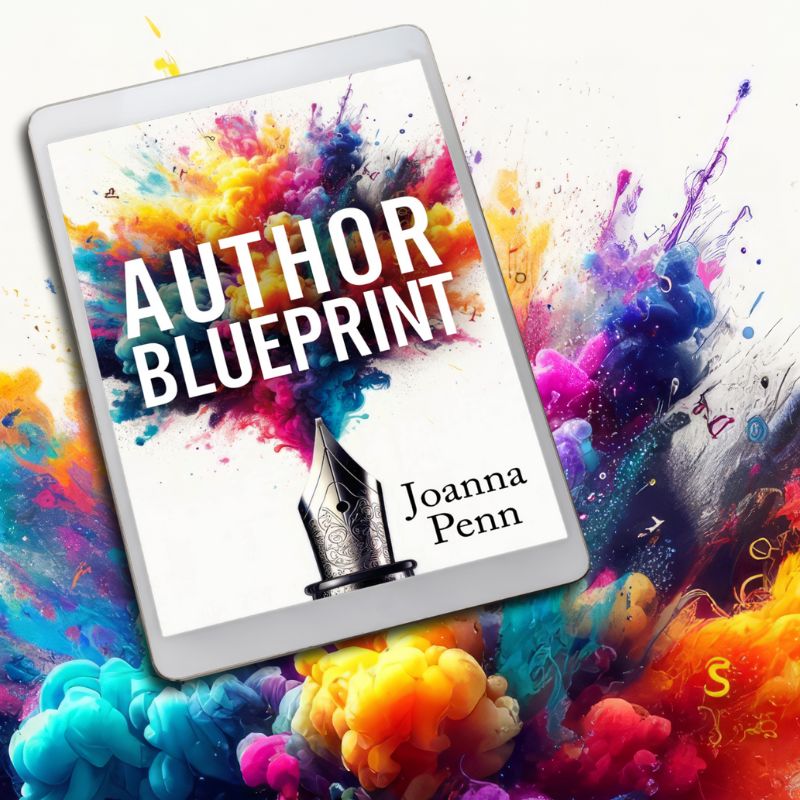I love romance novelists. The authors I know who write romance work damn hard to please their readers with stories that move them emotionally. They also write series characters and spin-offs that …
Continue Reading about Writing a Novel Series: Tips for Developing Spin-Offs and Sequels →

